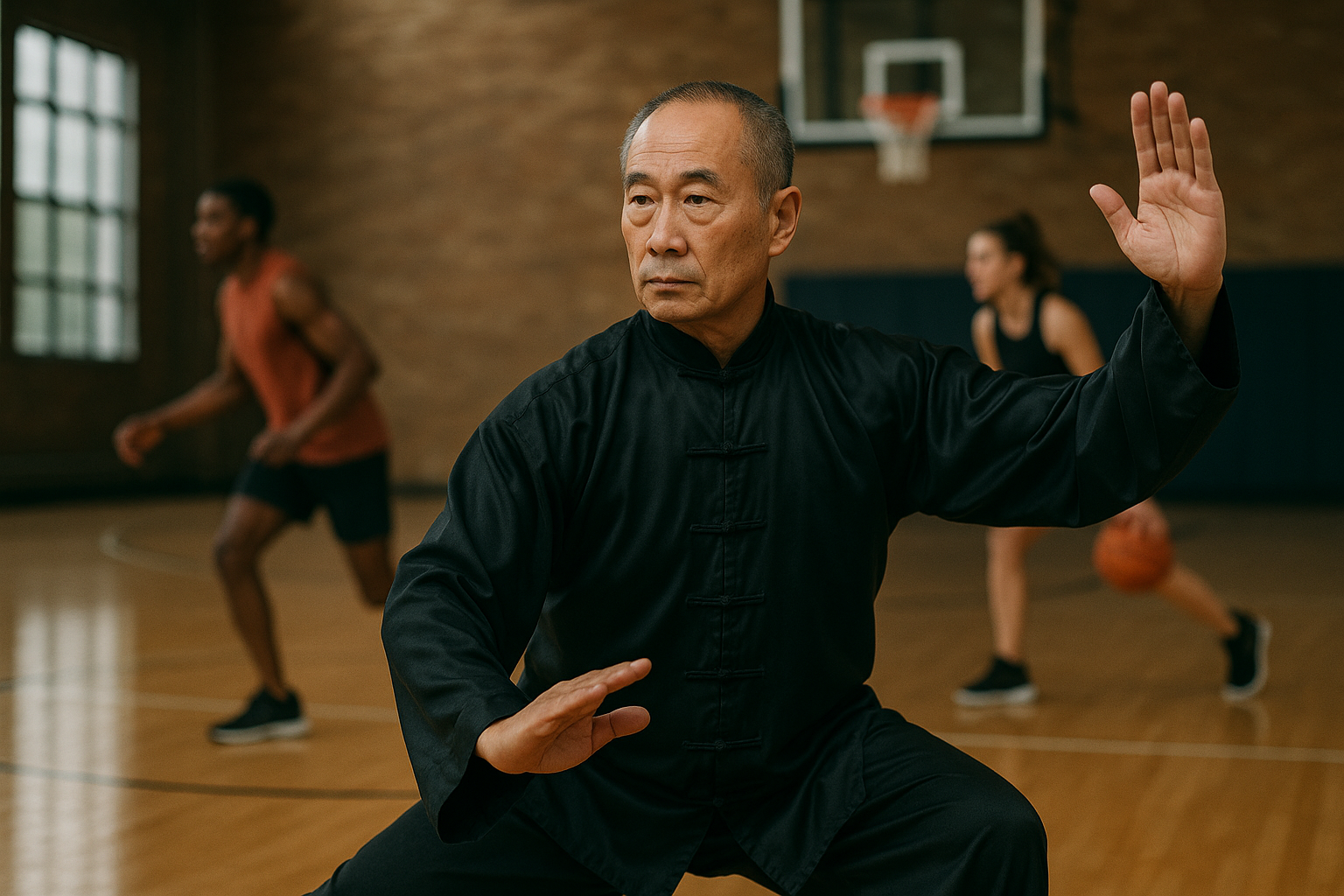Rediscovering the Mastery of Tai Chi: A Deep Dive into the Sport
The ancient Chinese martial art of Tai Chi has been practiced for centuries, but its benefits for modern athletes are just beginning to be recognized. This article explores the journey of Tai Chi and its potential in contemporary sports training. Tai Chi, also known as Taijiquan, has its roots in ancient China. The martial art was developed for self-defense, but its focus on mindfulness and body awareness has made it a popular form of exercise and meditation worldwide. Despite its long history, Tai Chi's potential in professional sports training is a relatively unexplored territory.

Tai Chi in Modern Sports Training: Unveiling the Potential
The principles of Tai Chi—balance, fluidity, and control—are applicable to many sports disciplines. Athletes are beginning to incorporate Tai Chi into their training regimens, finding it beneficial in improving flexibility, reducing injury risk, and enhancing mental focus. Research supports these claims, with studies showing Tai Chi’s positive impact on balance, proprioception, and cognitive functions.
The Challenges and Triumphs: Implementing Tai Chi in Sports
Integrating Tai Chi into sports training is not without its challenges. It requires patience, discipline, and a willingness to slow down—a stark contrast to the fast-paced nature of many sports. Yet, athletes who have embraced this method report improved performance, better injury resilience, and a heightened sense of mental clarity.
Tai Chi in Action: Real-World Applications
From football players to gymnasts, athletes across multiple sports disciplines are embracing Tai Chi. For example, some basketball players use Tai Chi to improve their shooting accuracy, harnessing the martial art’s focus on alignment and controlled movement. Meanwhile, long-distance runners find that Tai Chi’s emphasis on rhythmic breathing enhances their endurance.
The Future of Tai Chi in Sports: An Unfolding Narrative
While Tai Chi’s role in sports training is still evolving, its potential is undeniable. As more athletes and coaches recognize the benefits of this ancient martial art, Tai Chi may become a staple in sports training programs worldwide. The future holds an exciting prospect for this ancient discipline, as it continues to weave its way into the fabric of modern sports.
In conclusion, Tai Chi, with its roots in ancient China, is finding its place in the fast-paced, high-stakes world of professional sports. Its focus on balance, fluidity, and control makes it a promising training tool for athletes, despite the challenges of integrating a slow, mindful practice into a high-intensity environment. As sports science continues to evolve, the exploration of unconventional training methods like Tai Chi will undoubtedly shape the future of athletic performance.






